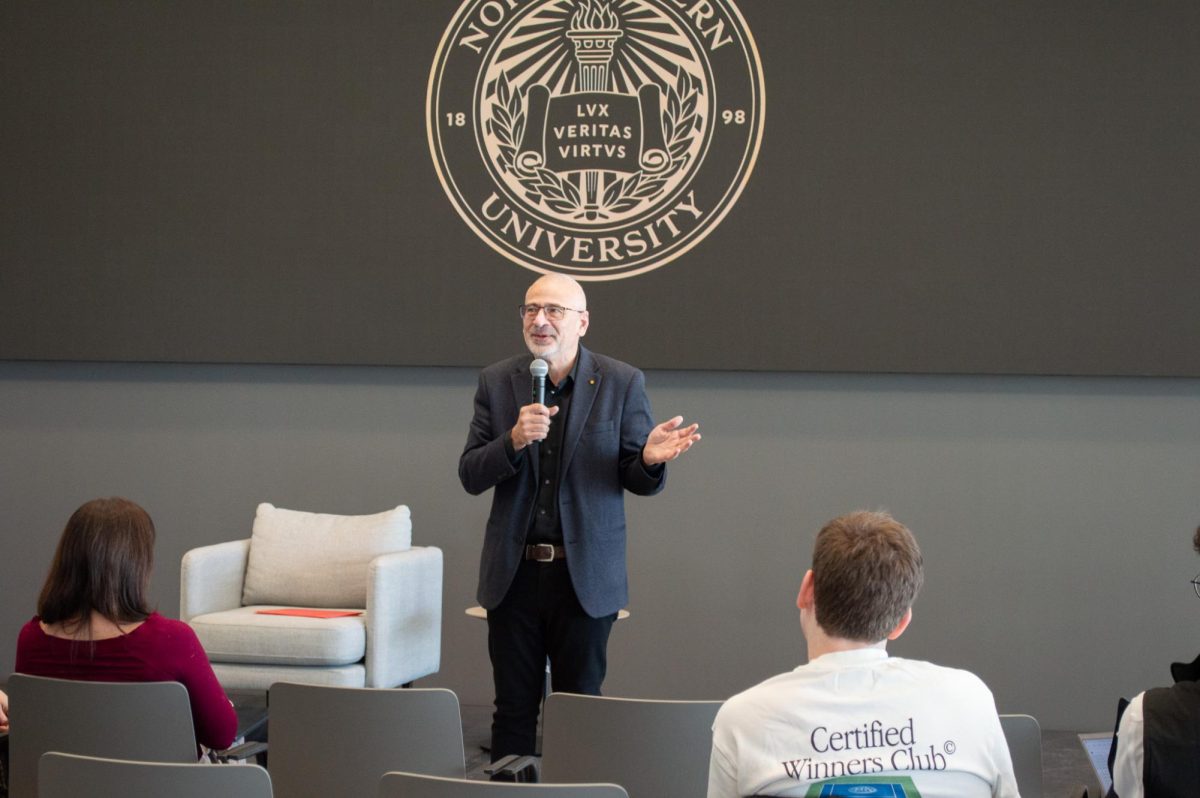The News begins its in-depth look into athletic funding with this, the first of a four-part series:
Athletic funding at colleges and universities has long been an issue at institutions throughout the United States; Northeastern is no different. Situated in the sports hotbed that is Boston, Mass., NU has fifteen Division I teams, six of which are fully funded (meaning that they receive the full amount of scholarships allowed in the sport by the NCAA). The university operated with an athletic budget of $5.8 million at the end of the 2001-2002 fiscal year. By comparison, Big-12 athletic powerhouse University of Texas dished out $43.9 million dollars for its 16-sport athletic department for fiscal year 2001 (Sept. 1 through Aug. 31, 2001). Cross-town and America East rival Boston University spent $14.5 million on expenses during 2001-2002.
Despite its standing as a smaller D-1 institution, the school has experienced great success, particularly this season; the men’s football team has set the school record for most wins in a season (10) and advanced to the I-AA playoffs for the first time, while the field hockey team advanced all the way to the NCAA quarterfinals. Still, funding in certain programs appears to be insufficient, creating a great imbalance between the expectations for such under funded programs.
The two extreme examples are the track ‘ field and soccer programs, which feature combined programs. The men and women’s track teams are perennial contenders in the America East conference, despite sporting the second-lowest budget at the end of the 2001-02 fiscal year ($56,850) in the conference, according to NU track coach Sherman Hart. This past season, the men finished third in both the America East and New England indoor Championships, while the women completed their best season ever. The latter won the America East and New England Championships, while finishing second in the ECAC championships.
The soccer program is the lowest funded program in the AE in both men and women’s divisions, sporting a $69,594 budget at the end of 2001-02. Nevertheless, the women qualified for the league playoffs for the first time in its eight-year history, while the men won the conference championship, advanced to the NCAA College Cup for the first time ever, and defeated Lehigh before falling to Boston College in the second round.
Thus, these questions arise: despite their success, why aren’t programs such as these receiving more money? How do they compensate for such financial inefficiencies, and how does it affect the athletes?
At many universities, spending at the beginning of the season is dictated upon the institutions revenue sources. Traditionally, the funds for Northeastern’s athletics originate from a wide range of sources. There is a university allocation to athletics, just as would be the case for an academic department such as Biology.
Still, that is an insufficient amount of dollars upon which to run the school athletics. In addition, substantial income arrives from the NCAA, as well as from ticket revenue from Northeastern sports; in ice hockey’s case, the money derives from the Hockey East conference as well. Funds also come from the America East conference. The rest of the revenue comes from corporate sponsorship dollars, fundraising, and a student fee. Once the department has an idea of how much money will be acquired for a fiscal year, the group convenes to distribute the funds.
“What we would do is we would sit down, and we’d take a look at our sports programs, and we’d try to say, ‘What is it that we want to accomplish? What are institutions that are like us, maybe our conference members, or other institutions that we’re trying to emulate, what kind of funding to they give to their sports programs?'” said newly appointed director of athletics Dave O’Brien. “How many scholarships, how many coaches, how many full-time coaches versus part-time, what are the salaries of those individuals, what are the operating budgets for the sports programs, which include travel, recruiting, and daily operation of the teams? Where do we want to put our priorities?
“At least for me, as an athletic director, I would have one rule that would really govern a lot of the decisions that we would make. That is that I think that it’s important to identify where you want to succeed, and then you need to invest in those areas, and in areas where you’re already having success,” he continued.
To the extent that teams are doing well, the incentive to do well for that coach and those teams is that we would like to invest in their success and try to bring them up even to another level of success,” he said. “That will be one of the guiding principles here, is understanding exactly who we want to be, and then trying to reward people for good effort and good success.”
Title IX has had numerous implications upon athletic funding at the university, and all parties involved agree that it was necessary for the progression of women’s sports. Despite this, its effects upon collegiate athletics (and specifically Northeastern) cannot be ignored.
“We certainly need to do all that we can do to advance women’s sports,” O’Brien said. “That said, the reality is that the scholarship commitment there has to be offset by significant scholarship commitments to women’s programs elsewhere. The maximum number of 1-AA scholarships [in football] is 63. Unfortunately, when you make that kind of a commitment, there’s going to be a result on the other end with some of the other men’s sports that you can’t fully fund them from a scholarship perspective.
“Even if you could afford to financially, which the university financially can’t, you can’t legally, because you have to be able to match up at the end of the day in very close proportion with what the women have. That’s a reality we all have to understand.”
Then what of the track and soccer programs?
“We achieve an awful lot for what we’re investing in those programs [track and soccer],” he said. “Can we find more resources to help with the recruiting budgets, with the operational budgets? I’d like to think that the answer is yes over a period of time. [But] clearly, the university isn’t going to be the supplier of those funds.”









